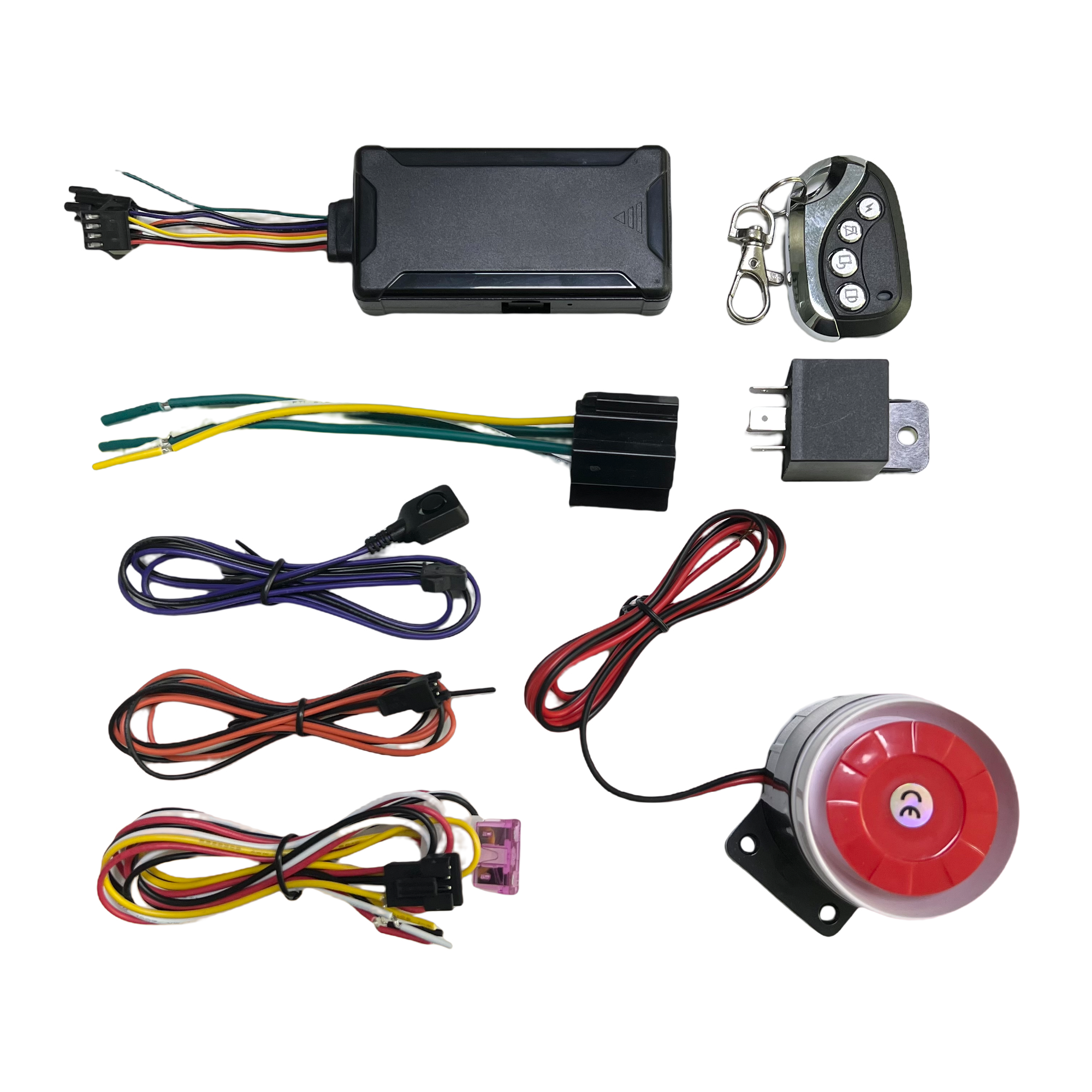source:truck tracking webfleet solutions release time:2022-11-08 Hits: Popular:realtime gps tracker online

Because the LNA in series can provide a 60 dB gain, users can greatly increase the power of the front end of the vector signal analyzer. In our measurement operation, a gain of 60 dB is sufficient to increase the peak power from - 116 dBm to - 56 dBm. With a 60 dB gain (and a 1.5 dB noise figure), the noise power of the signal will be – 112 dBm/Hz (- 174+gain+F). Therefore, the SNR can be captured up to 56.5 dB (- 56 dBm+112.5 dBm), which is also lower than the actual dynamic range of the instrument. It can be seen that if there is a dynamic range of 80 dB, the VSA will be able to record the maximum SNR without the noise impact of wireless signals.
When any wireless signal is to be recorded, the reference level can be set at least 5 dB higher than the normal peak power to cope with any abnormal signal strength. In some cases, although this step will reduce the effective dynamic range of the VSA, the GPS signal will not be affected. Since the maximum ideal SNR of the GPS signal input to the antenna is 58 dB (- 116+174), it is meaningless for VSA to record a dynamic range exceeding 58 dB. Therefore, we can even "discard" the dynamic range of the instrument to more than 10 dB without affecting the quality of the recorded signal (in this bandwidth, PXI-5661 will provide a dynamic range better than 75 dB).
Since it is necessary to set the appropriate reference level, it is equally important to set the RF front end of the recording device appropriately. As previously mentioned, to obtain the best RF recording data, it is recommended to use an active GPS antenna. Since the active antenna has a built-in LNA that provides a gain of up to 30 dB with a low noise figure, DC bias can also be supplied. A variety of bias modes will be described below.
Read recommendations:
G01 Smallest Personal Old People Mini GPS Tracker for Kids
What is the difference between GPS positioning manufacturers and in car reverse imaging WiFi and 4G.
Last article:Signal from GPS receiver
Next article:GPS measurement system
Related Information
pet gps tracker cat custom
2023-04-234G GPS Tracker for vehicles Vendor
2023-04-23gps tracker for kids
2023-04-11OBD GPS Tracker custom
2023-04-11CantrackGPS
2023-03-16gps tracker online wholesaler
2023-04-234G GPS Tracker for vehicles company
2023-04-23Car gps tracking manufacture
2023-04-23mini gps tracker Factory
2023-04-23Car gps tracking Production
2023-04-23G900LS 8 Lines-4G Car GPS Tracker
2025-03-31G500L -4G OBD GPS Tracker
2022-09-06G07L 4G GPS Tracker
2022-09-06G900LS J16-4G Car GPS Tracker
2023-10-0610000mAh Magnetic Asset GPS Tracker
2025-04-08Simple introduction of GPS control part.obd2 gps tracker verizon wholesale
2023-05-11The relationship between GPS resolution and screen and map bearing
2022-08-09Polarization Design of GPS.fleet gps tracking
2022-11-16Strong magnetic wireless gps tracker G11A
2022-09-09What are the different types of car GPS?
2023-06-15GPS positioning tracker function
2022-12-15Advantages of Galileo positioning system
2022-12-12GPS positioner application in logistics management
2023-02-08GPS application in wild animals.gps tracker no monthly fee manufacturer
2023-04-24What does the 16 channel GPS module mean?vehicle gps tracker wholesaler
2023-07-11GPS car driving recorder escorts safe driving
2022-09-21Bluetooth GPS.Gps speed limiter wholesaler
2023-07-05How to realize the function of GPS monitoring system?
2022-12-02How to implement GPS monitoring function.trailer gps tracker Solution
2023-07-10Car GPS reference labeling.GPS Tracker for vehicles manufacturer
2023-05-13